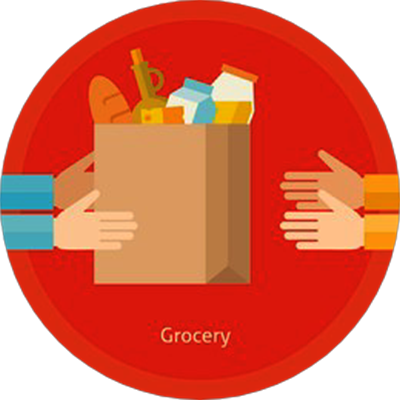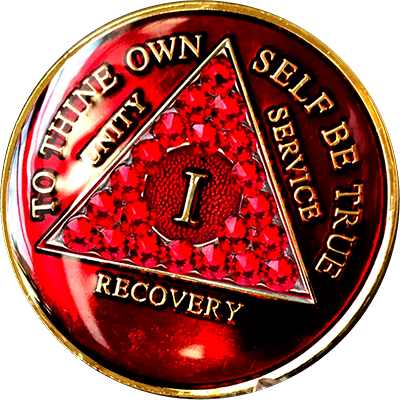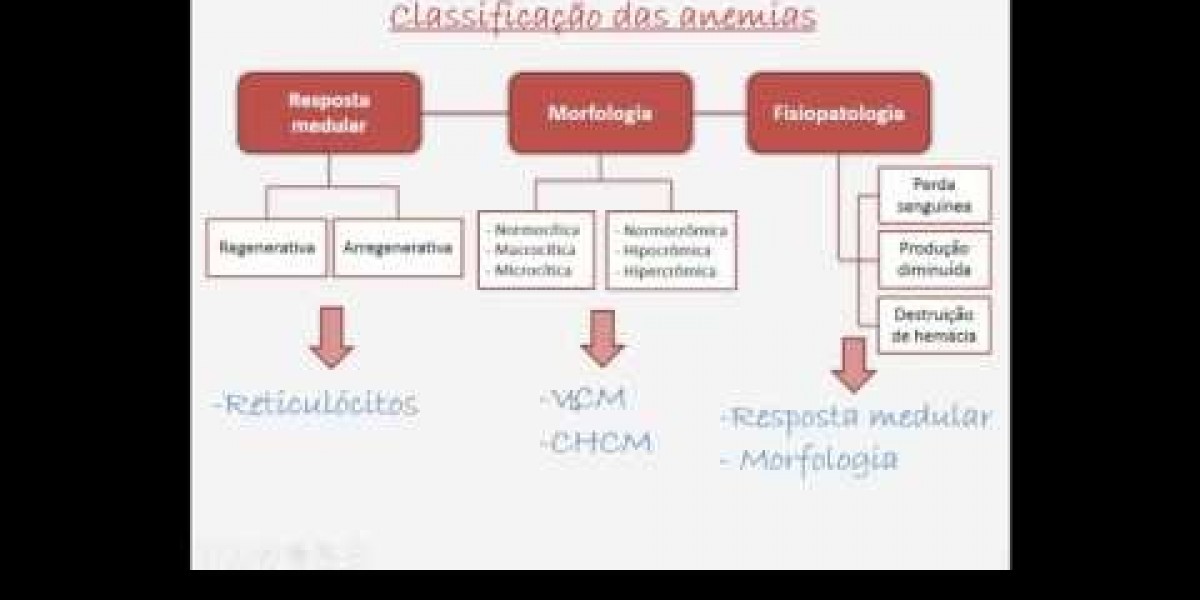Every year, millions of tons of cotton textiles end up in landfills, contributing to one of the fashion industry's most pressing environmental challenges. But what if these discarded materials could be given a second life? Welcome to the fascinating world of recycled cotton yarn – where yesterday's waste becomes tomorrow's wonder.
The Starting Point: Cotton Waste Collection
The journey begins with collection. Recycled cotton yarn originates from two primary sources: pre-consumer waste and post-consumer waste. Pre-consumer waste includes fabric scraps from garment manufacturing, textile mill offcuts, and unsold inventory. Post-consumer waste encompasses used clothing, household textiles like bedsheets and towels, and other cotton products that have reached the end of their initial lifecycle.
Collection centers and textile recycling facilities gather these materials through various channels, including donation bins, retail take-back programs, and partnerships with manufacturing facilities. The key to successful recycling lies in proper sorting – separating pure cotton from blended fabrics and removing non-textile components like zippers, buttons, and synthetic threads.
The Transformation Process: Breaking Down to Build Up
Once collected and sorted, the real magic begins. The recycling process involves several sophisticated steps that transform old textiles into new, high-quality yarn.
Mechanical Shredding: The cotton textiles first undergo mechanical shredding, where industrial machines tear the fabric back into individual fibers. This process, called "garnetting," uses specialized equipment with metal teeth that carefully separate the cotton fibers while preserving their length and integrity as much as possible.
Fiber Cleaning and Purification: The shredded cotton fibers then go through intensive cleaning to remove any remaining impurities, dyes, or chemical residues. This step often involves eco-friendly washing processes that use minimal water and biodegradable detergents, ensuring the recycled fibers meet quality and safety standards.
Carding and Combing: Similar to processing virgin cotton, the cleaned recycled fibers undergo carding – a process that aligns and blends the fibers to create a consistent, uniform material. Advanced carding machines help achieve the proper fiber orientation needed for strong, durable yarn production.
Quality Enhancement: Making Recycled Cotton Competitive
One common misconception about recycled cotton is that it's inferior to virgin cotton. Modern recycling technology has largely overcome this challenge through innovative blending techniques.
Since the recycling process can slightly shorten cotton fibers, manufacturers often blend recycled cotton with small percentages of virgin cotton or other sustainable fibers like organic cotton, hemp, or Tencel. This blending typically uses a ratio of 80-90% recycled cotton to 10-20% virgin fibers, resulting in yarn that maintains excellent strength, durability, and softness while still being predominantly recycled.
Color Innovation: Another remarkable aspect of the recycling process is color management. Rather than completely stripping all dyes from recycled cotton, many manufacturers now embrace the subtle color variations that result from mixing different colored waste materials. This creates beautiful, naturally heathered yarns with unique character that would be impossible to achieve with virgin cotton alone.
Environmental Impact: The Numbers That Matter
The environmental benefits of recycled cotton yarn are substantial and measurable. According to textile industry research, producing recycled cotton yarn uses approximately:
- 95% less water than virgin cotton production
- 80% less energy than conventional cotton processing
- Zero pesticides or fertilizers
- Significantly reduced chemical usage
For every ton of recycled cotton yarn produced, approximately 2.5 tons of textile waste is diverted from landfills. This circular approach helps address the staggering statistic that the average person throws away 70 pounds of clothing and textiles annually.
Applications: Where Recycled Cotton Yarn Shines
Today's recycled cotton yarn finds applications across numerous industries. In fashion, it's used for everything from basic t-shirts and jeans to high-end designer pieces. The home goods sector utilizes recycled cotton yarn for towels, bedding, rugs, and upholstery. Even industrial applications benefit from recycled cotton in products like industrial wipes, padding, and insulation materials.
The Future of Textile Recycling
As technology advances, the recycling process continues to improve. Innovations in chemical recycling are emerging that can break cotton down to the molecular level and rebuild it into fibers virtually identical to virgin cotton. These developments promise even higher quality recycled yarns with unlimited recyclability potential.
Conclusion: Closing the Loop
The journey from waste to wonder represents more than just an environmental solution – it's a fundamental shift toward circular economy principles in textiles. By choosing products made from recycled cotton yarn, consumers directly support this sustainable cycle, proving that yesterday's discards can indeed become tomorrow's treasures.
Every recycled cotton yarn tells a story of transformation, innovation, and hope for a more sustainable textile future. In this cycle of renewal, waste becomes wonder, and the fashion industry takes one step closer to true sustainability.































